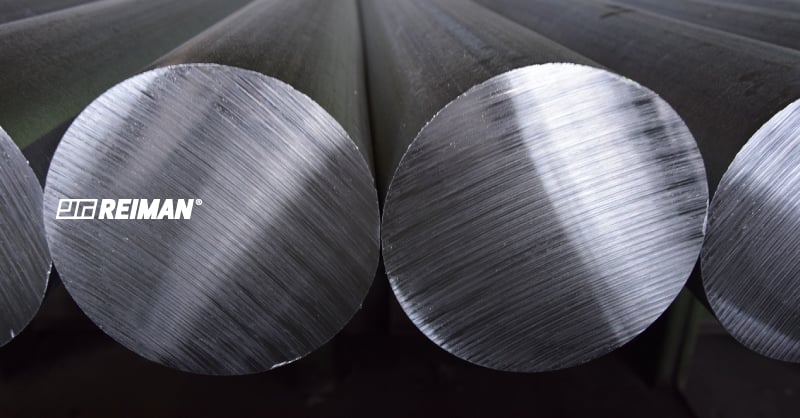We use cookies to make your experience better. To comply with the new e-Privacy directive, we need to ask for your consent to set the cookies. Learn more.
What is the History of Aluminium?

The history of aluminium is relatively recent, despite the fact that this metal is one of the most present on planet earth (about 8%). In order to obtain aluminium it is necessary to use chemical formulas because it is not found in the ground in its pure form.
It was only in 1824 that the Danish physicist Hans Christian Oersted obtained aluminium by slowly heating aluminium chloride and potassium amalgam, having made this announcement to the Royal Danish Academy of Sciences.
About three years later, in 1827, the German scientist Frederick Whohler, using Hans Christian Oersted's studies as a basis, succeeded in producing a quantity of aluminium that was able to demonstrate to the scientific community that this metal was malleable. The German scientist's method was very similar to that of the Danish physicist, only substituting potassium amalgam.
Aluminium, as mentioned earlier, was initially obtained using potassium, which is a very expensive mineral, and by the 19th century it had become a precious metal, even more valuable than gold.
So for several years the French chemist Henry Saint Claire Deville, tried to find another way to obtain aluminium without using potassium. In 1854, Deville, perfecting his knowledge of Whohler, succeeded in obtaining aluminium by heating a solution of ammonium chloride and sodium. This made aluminium a very economical metal.
Interestingly enough, Henry Saint Claire Deville's studies were funded by the French Emperor Napoleon III.
About 30 years later, Deville's process was altered by the electrolytic process, discovered by Paul Louis Toussaint Heroult (Normandy-France) and Charles Martin Hall (Ohio - United States). This process consisted of dissolving aluminium oxide in a bath of sodium fluoride and aluminium with the help of an electric current. Heroult and Hall, without knowing each other, invented at the same time the procedure that marked the beginning of aluminium production.
During World War II, in 1943, the largest producers of bauxite were the United States of America, British Guiana, Hungary, Yugoslavia, Italy, Greece, Russia, Suriname, Guyana, Indonesia, and Malaysia.
About 9 years later, in 1952, Jamaica began producing bauxite, overtaking Suriname, which for many years was the world's largest bauxite producer. In the 1960s, Australia and Guinea also began production.
At the end of the 20th century, the main producers of aluminium were the United States, Canada, Australia, Brazil, and Germany.
Today, more than 13 million tons of aluminium are produced every year.
For more information, please contact Reiman’s specialized team.



